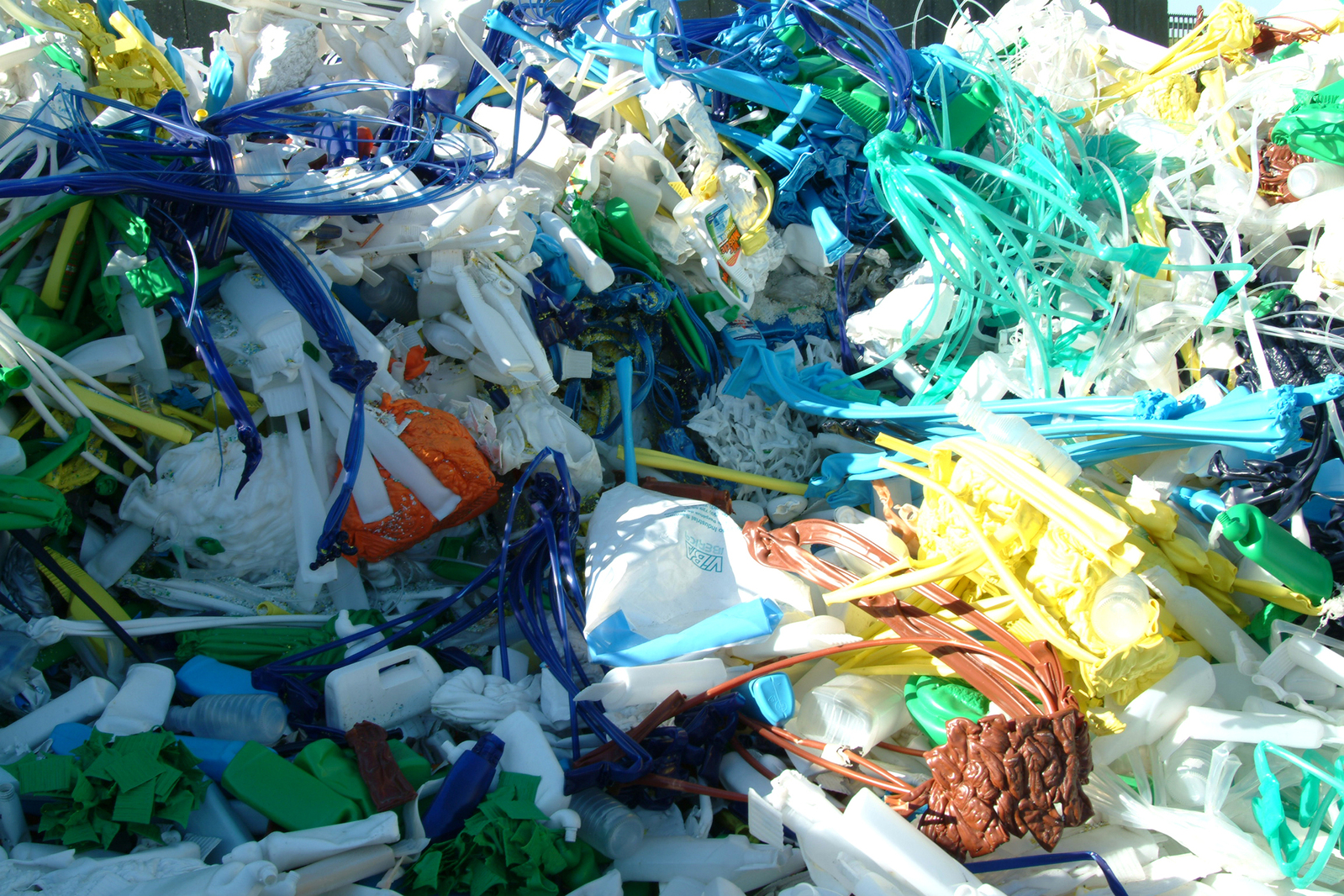
The Centre for Science and Environment has released a comprehensive background paper on plastic waste management in India. Titled Managing Plastic Waste in India: Challenges and Agenda, this is CSE’s first document aimed at understanding the magnitude of the plastic waste problem in India, plastic types, existing rules, EPR, recycling rules, and interventions that can help reduce the intensity of plastic pollution in India.
Among recommendations to curb plastic recycling, the report suggests the Government of India must promote the business of recycling by incentivizing the business through tax benefits and other financial support, strictly ban or restrict multi-layered plastic and sachets that cannot be recycled, as well as make EPR simple and effective so that it can hold producers responsible.
The report underlines how plastic waste extracted from landfills during biomining can provide important data on plastic consumption patterns in India. Here’s an excerpt:
Cities have now awarded contracts for bio-mining of existing landfills — what this essentially means is that the landfill is taken apart to see if there is any material that can be recovered; the rest of the waste is either put back or sent as a filler for roads. It is by no means an easy task. What it does tell us is the quantum and nature of plastic waste that is part of the total waste of our cities. This needs to be done so that it can help us understand what is waste and what is recycled.
Till now, most of the ‘recovered’ plastic has been sent for energy recovery — for incineration as fuel where some power is also generated. In Delhi’s Bhalswa landfill, plastic waste ‘recovered’ was first sent for incineration to the Jabalpur waste-to-energy plant owned by Essel Infra; the city corporation paid a handsome Rs 3,240 for burning this waste. As of April 2020, the ‘recovered’ plastic waste is being transported to the Narela-Bawana waste-to-energy plant and the corporation pays about Rs 1,800 per tonne for burning the waste. According to bio-mining project experts, while there has been no study done to characterise the waste, a higher volume of multi-layered packaging and polybags have been found.
The report can be downloaded here.
Picture Credit: Photo by Bo de Visser from FreeImages



